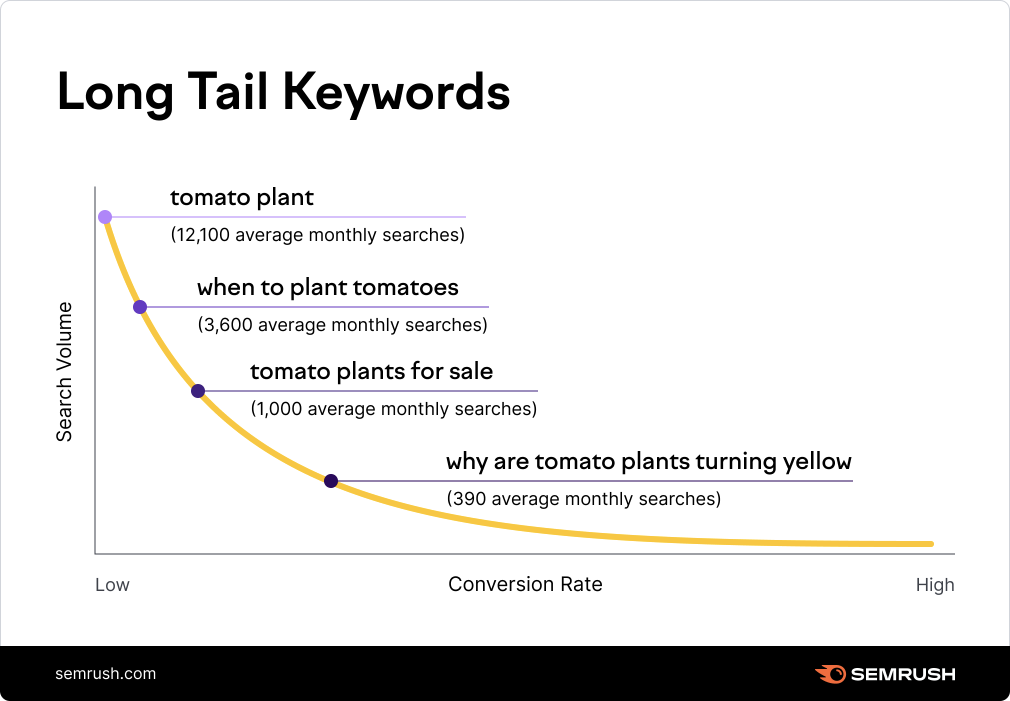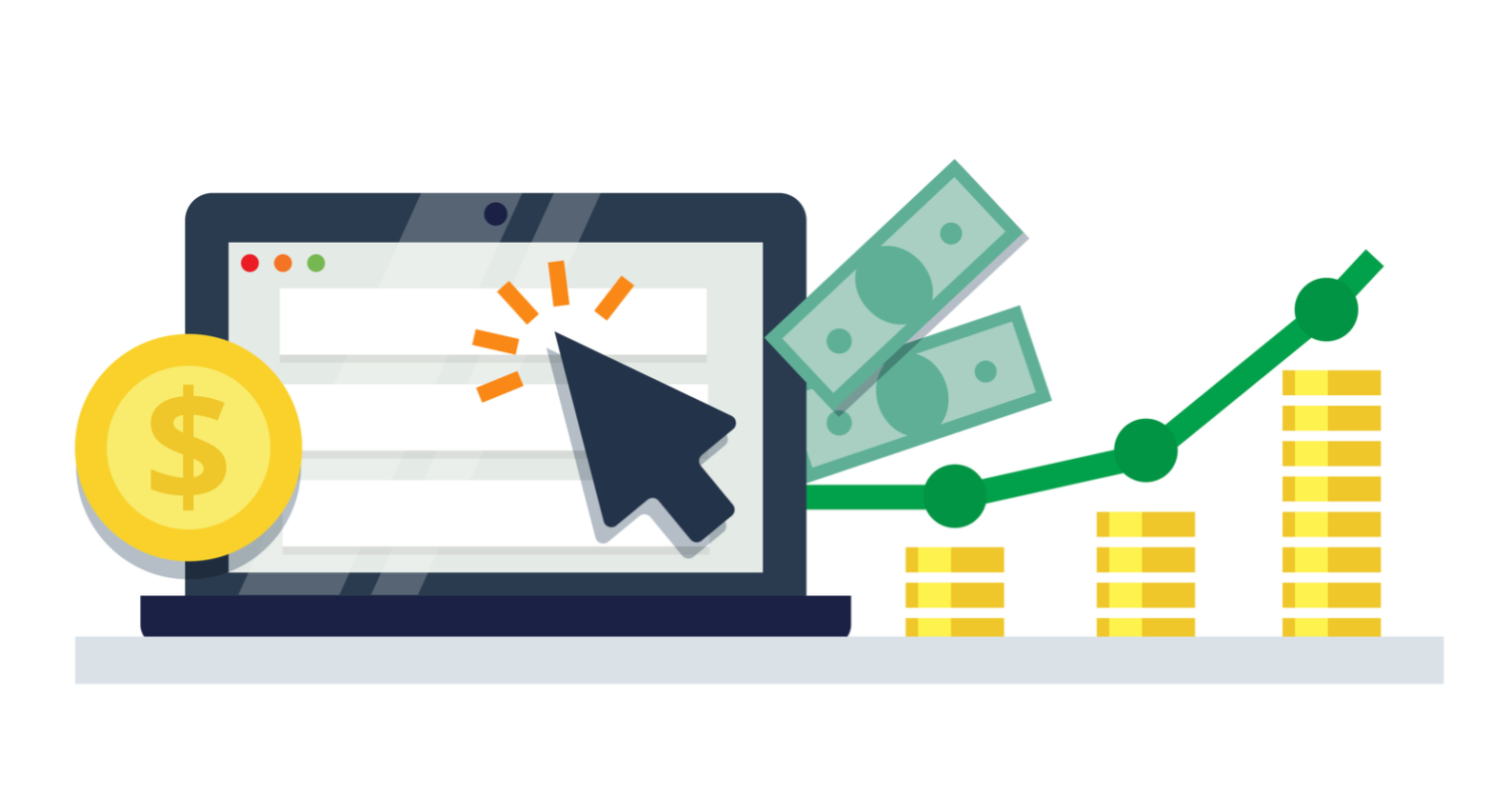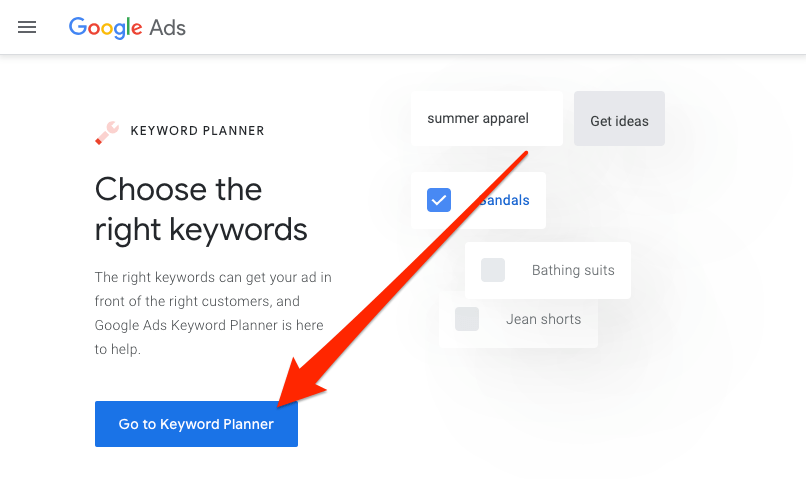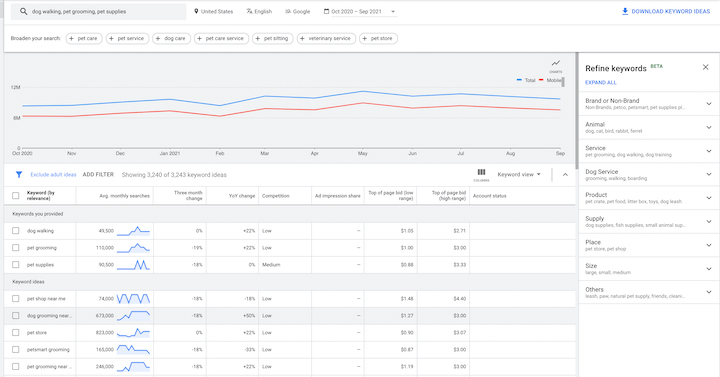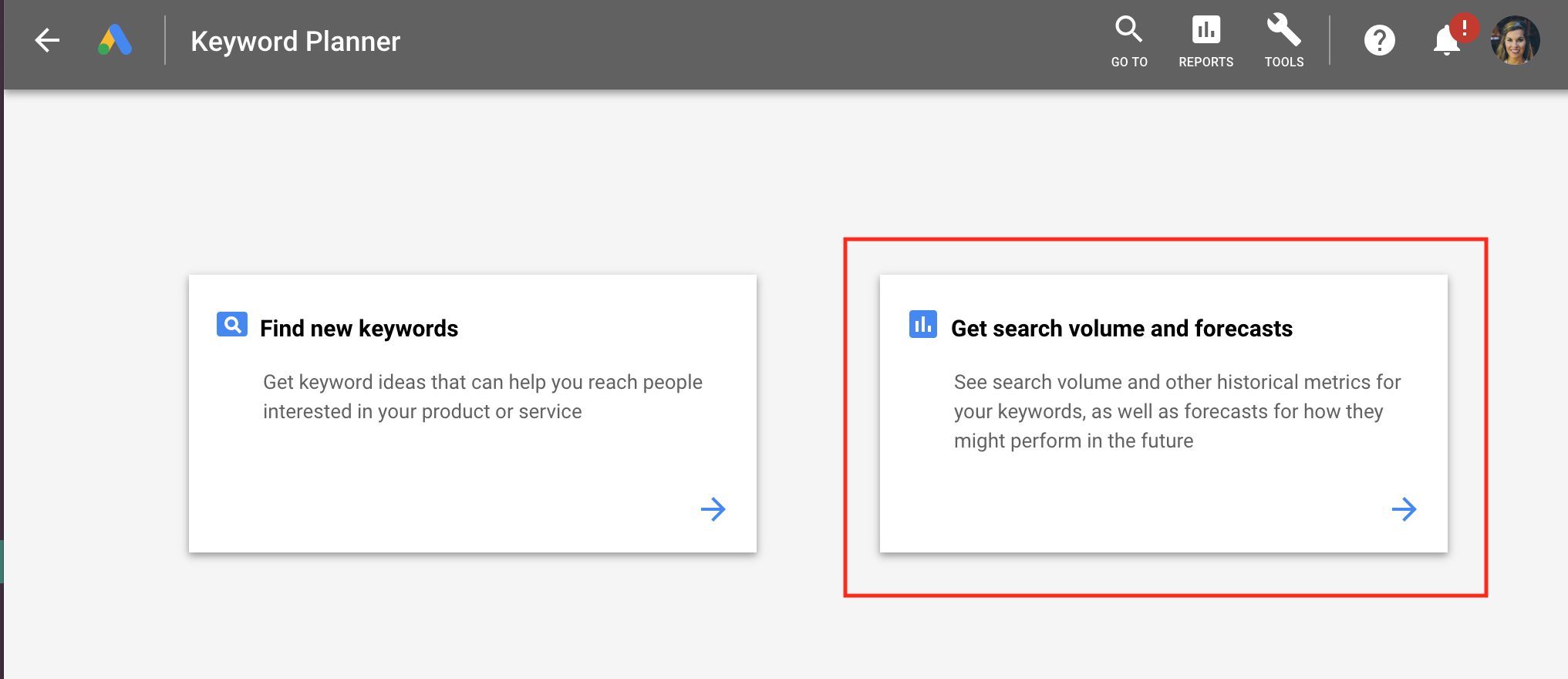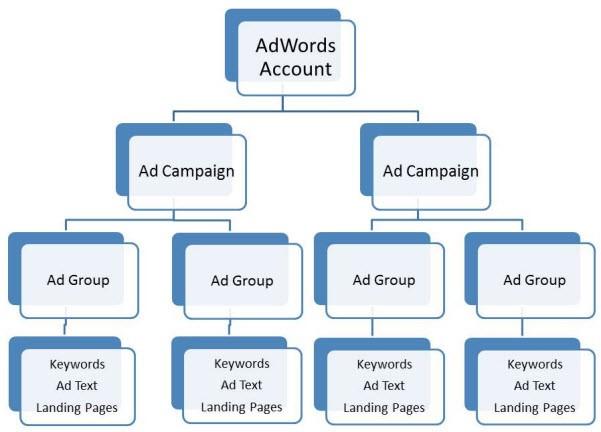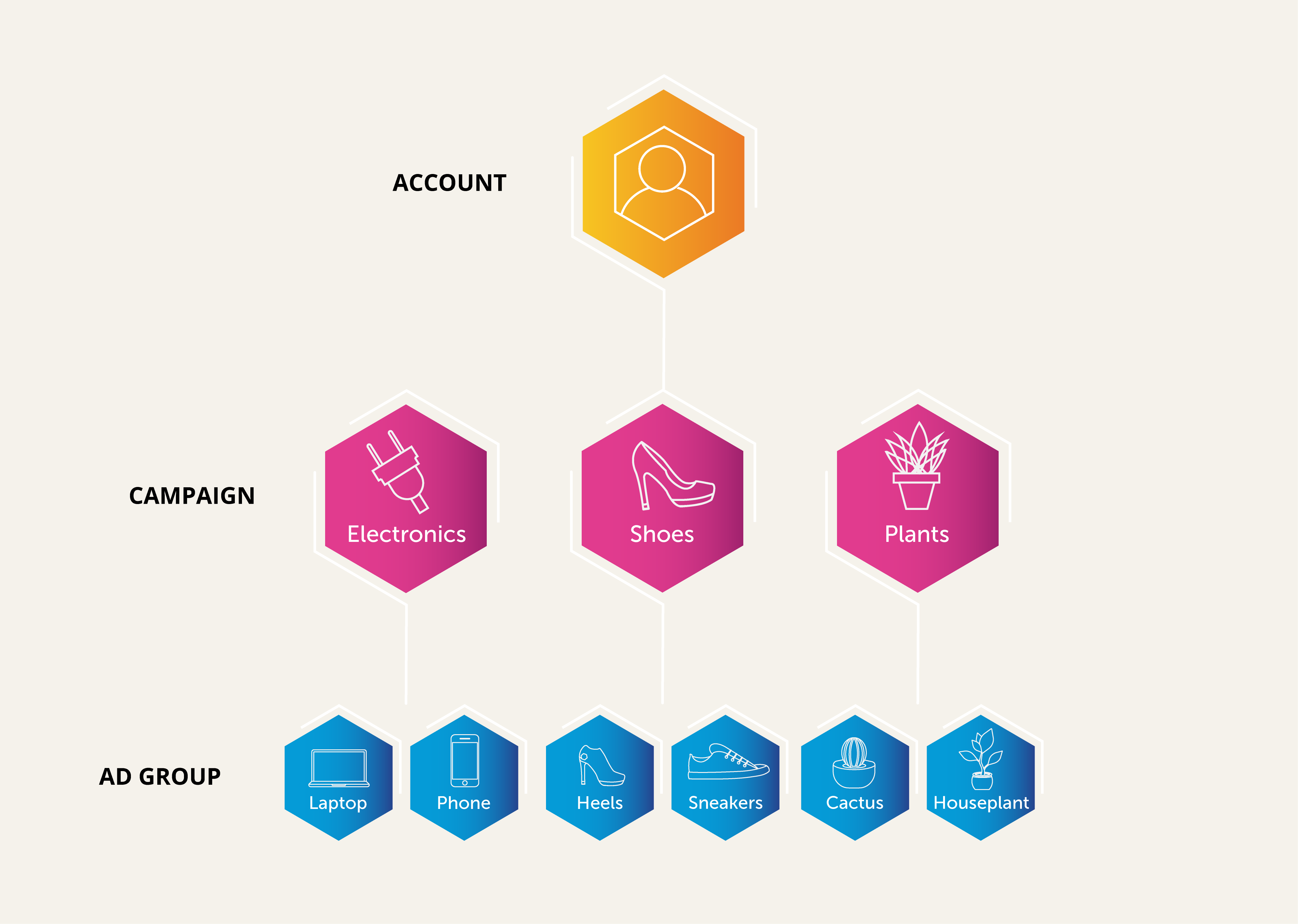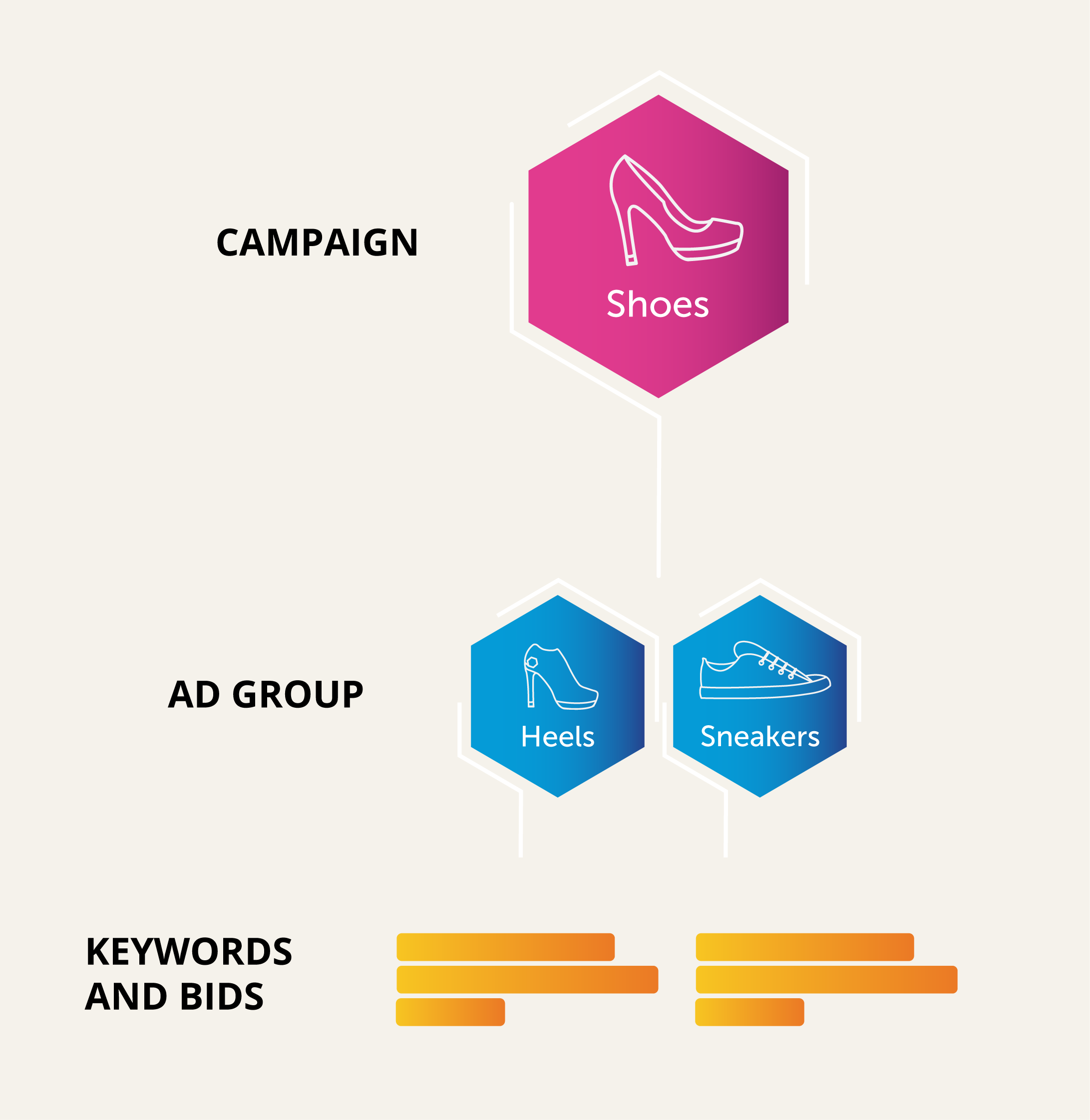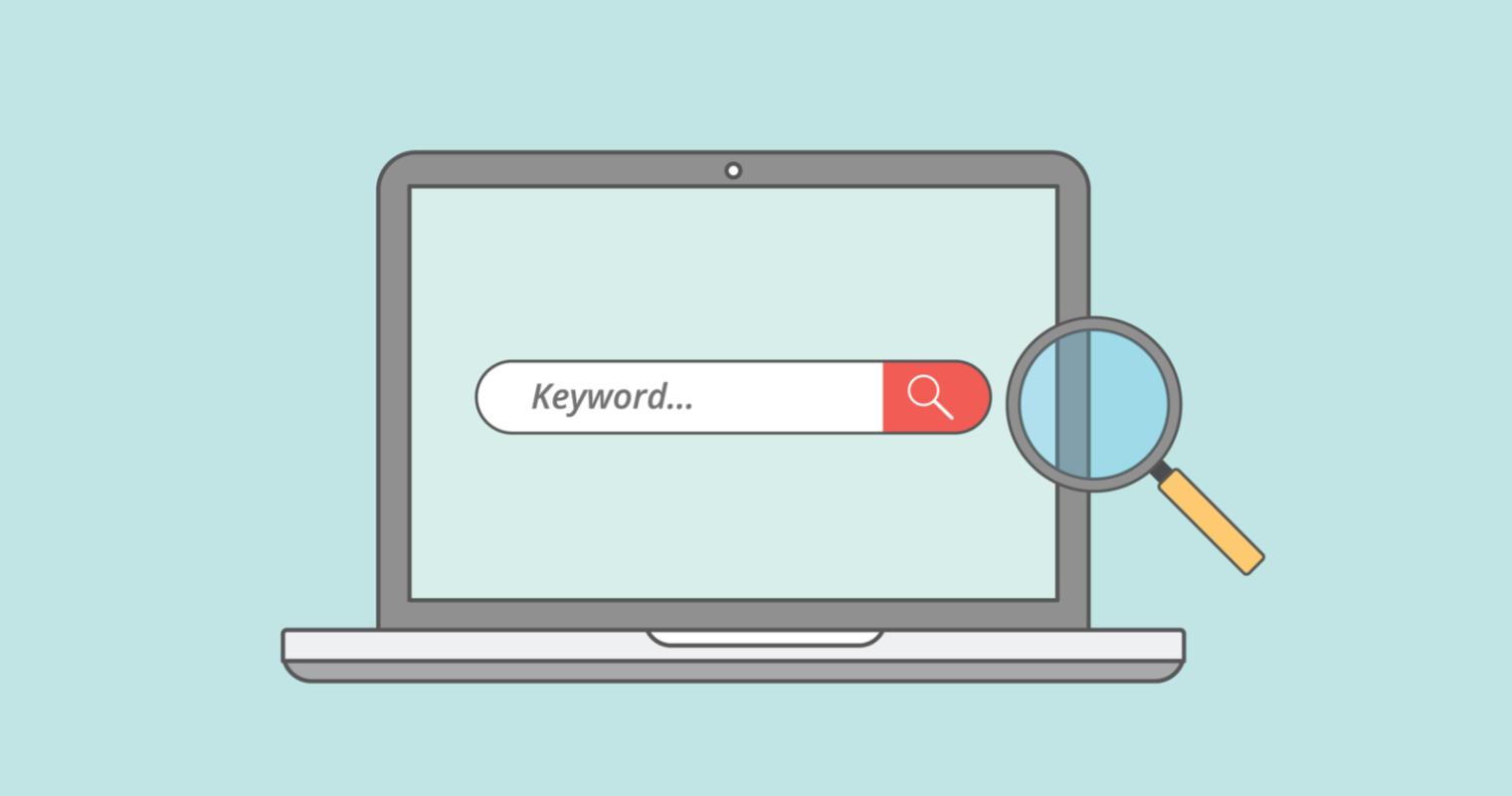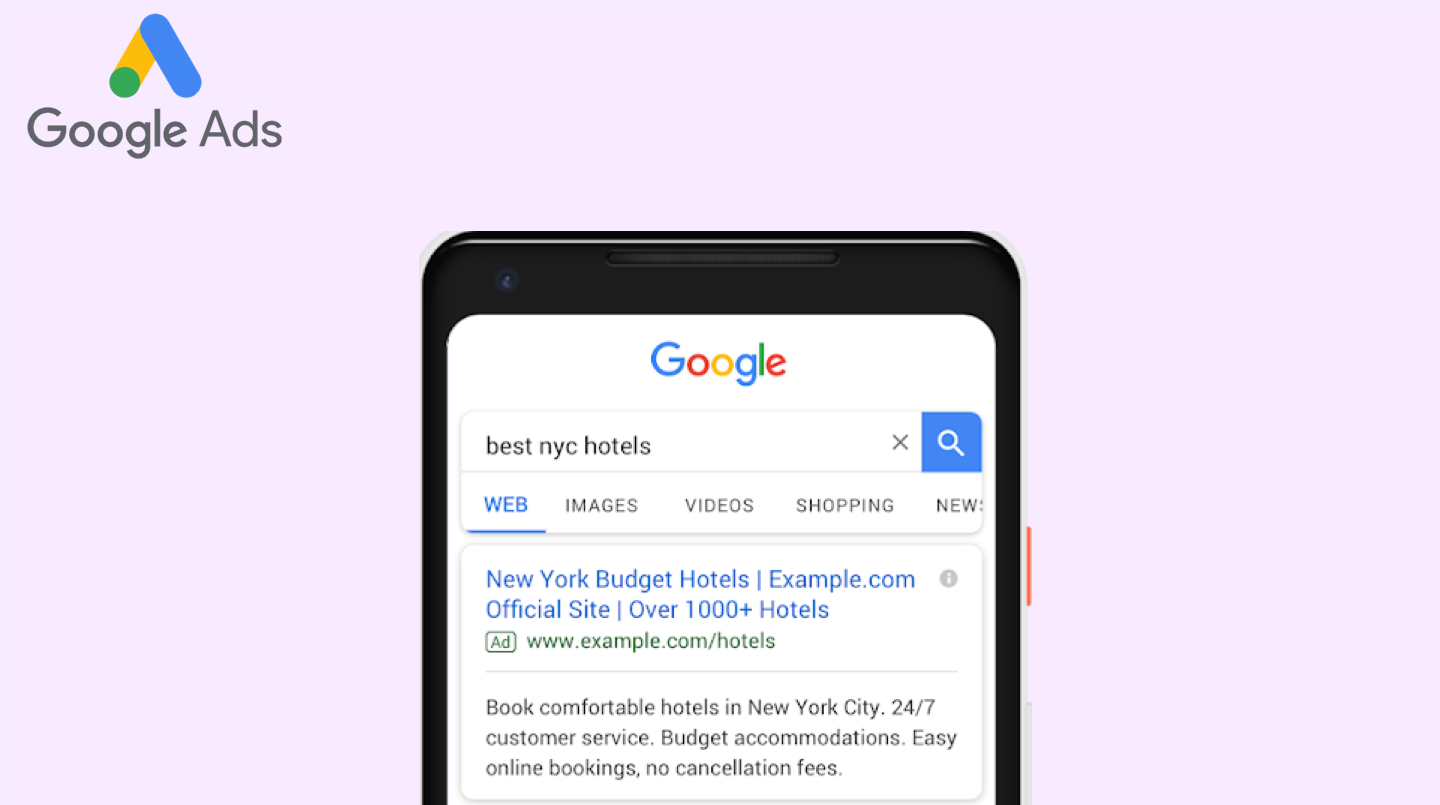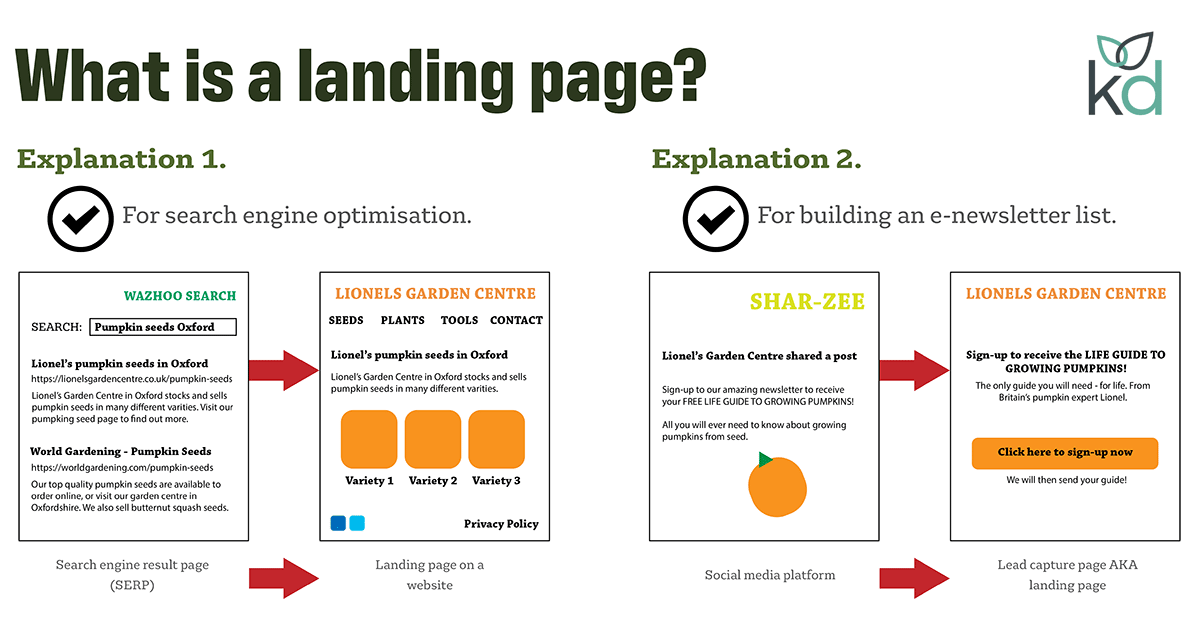
5 PPC Best Practices: How to Improve Your Campaign Performance
A well-executed pay-per-click campaign can help you achieve many of your business goals. It’s a low-cost, high-impact advertising channel that can drive traffic to your site, offer valuable insights, and grow your revenue.
However, if you’ve been running PPC campaigns for a while—and you still feel as though it’s not working as it’s supposed to—it may be time to reevaluate your paid efforts and adjust where necessary.
In this article, we will walk you through some strategies to boost your PPC performance and get the best ROI.
How to Improve Your PPC Campaign Performance
1. Optimize for long-tail keywords
Any digital marketing campaign starts with keyword research, and it’s no different with PPC. It can tell you what terms your target audience is searching for, measure the competition for these keywords, and guide your strategies to generate clicks and boost conversions to your site.
If your goal is to improve your ROAS (return on ad spend), you shouldn’t go too broad on your PPC keywords. Instead, balance broad-match terms with long-tail keywords that exactly match the search intent you are targeting.
For example, “coffee shop in Quezon City” is a long-tail keyword and has a clearer search intent vs. “coffee shop”. While it may have a lower search volume, it has a higher search intent, and bidding on it can help you attract higher quality leads, which can result in more sales and returning visitors. Some other benefits of targeting exact match long-tail PPC keywords are the following:
- Less competition
- Lower bids
- Higher search intent
- Highly targeted ad copies
2. Remove low-performing keywords
While you target high-performing, long-tail keywords, you should as well remove any underperforming keywords that are pulling down your paid search performance.
Look for keywords that don’t generate many impressions or those that have a good number of impressions but are getting few clicks. In these cases, it’s either your target users are not searching these keywords or your ad copy doesn’t align with the search intent of the user. You can try revising your ad copy to better match the search intent. However, if that too, doesn’t work, you’re better off removing these keywords from your campaign.
3. Add negative keywords
Adding negative keywords allows you to exclude search terms from your campaigns and prevent them from triggering your ads. It allows you to focus your ads—more importantly, your ad budget—on the most relevant searches.
Let’s say you’re advertising online baking classes and you’re bidding on the modified broad match keyword +baking +classes. If someone Googles “in-person baking classes” your ad will appear on the search results.
But, because your ad is irrelevant to the search, even with the help of geotargeting, two things are likely to happen: the user will ignore your ad, therefore diminishing its click-through rate (CTR) or they may click through but then realize that your service is irrelevant to them, thus costing you money.
4. Write a compelling ad copy and landing pages
 The success of your PPC campaign is not a matter of how good you manage it but how engaging, informative, and compelling your ad copy is. Optimize your ad copy by doing the following tips:
The success of your PPC campaign is not a matter of how good you manage it but how engaging, informative, and compelling your ad copy is. Optimize your ad copy by doing the following tips:
- Include your target PPC keywords that match the search intent
- Highlight the benefits of your product/service and use power words like free, money-back guaranteed, etc.
- Speak directly to your audience
- Evoke an emotional response
- Finish with a strong CTA
While at it, make sure to match your ad copy with your dedicated landing page. It’s where users will be redirected when they click on your ads and should provide what users are looking for. It’s the key to improving your overall PPC performance.
5. Optimize ads for specific devices, locations, and times
People these days access the Internet from different locations on different devices, and during different times of the day. You can further optimize your PPC campaigns by taking the following into consideration.
- Devices being used: Google PPC ads appear differently on different devices—mobile phones, tablets, computers, wearables, etc. So, make sure to leverage the many options to customize your ads according to where you want them to appear. Device targeting, for example, is a feature that lets you optimize your ads on specific device types, even specific systems, device models, and networks.
- Location: Geotargeting is the method of delivering personalized messaging to target users based on their geolocation. This is particularly helpful if you have a physical location or your target audience is in a particular area, and you want to optimize for local search.
- When your target audience is more active: Run your ads during times when your target market is more active. Consider scheduling your campaigns 24/7—while it will cost you more initially, it should help you determine your market’s most active periods. With that information, you can make some adjustments to allocate most of your ad budget during those times.
Conclusion
PPC advertising is a great avenue to promote your brand, a new product line or service, or limited-time offers. It’s become a vital part of any digital marketing strategy with various benefits to offer—it is cost-effective, highly targeted, and provides valuable insights and trackable results. It gives you access to data that can help you fine-tune your efforts and generate more sales and revenues.
Ready to get started? Make the most out of your ad budget by letting the experts do the work. Get in touch with us at Createmoto and we would be happy to discuss how you can further improve your PPC campaigns.

